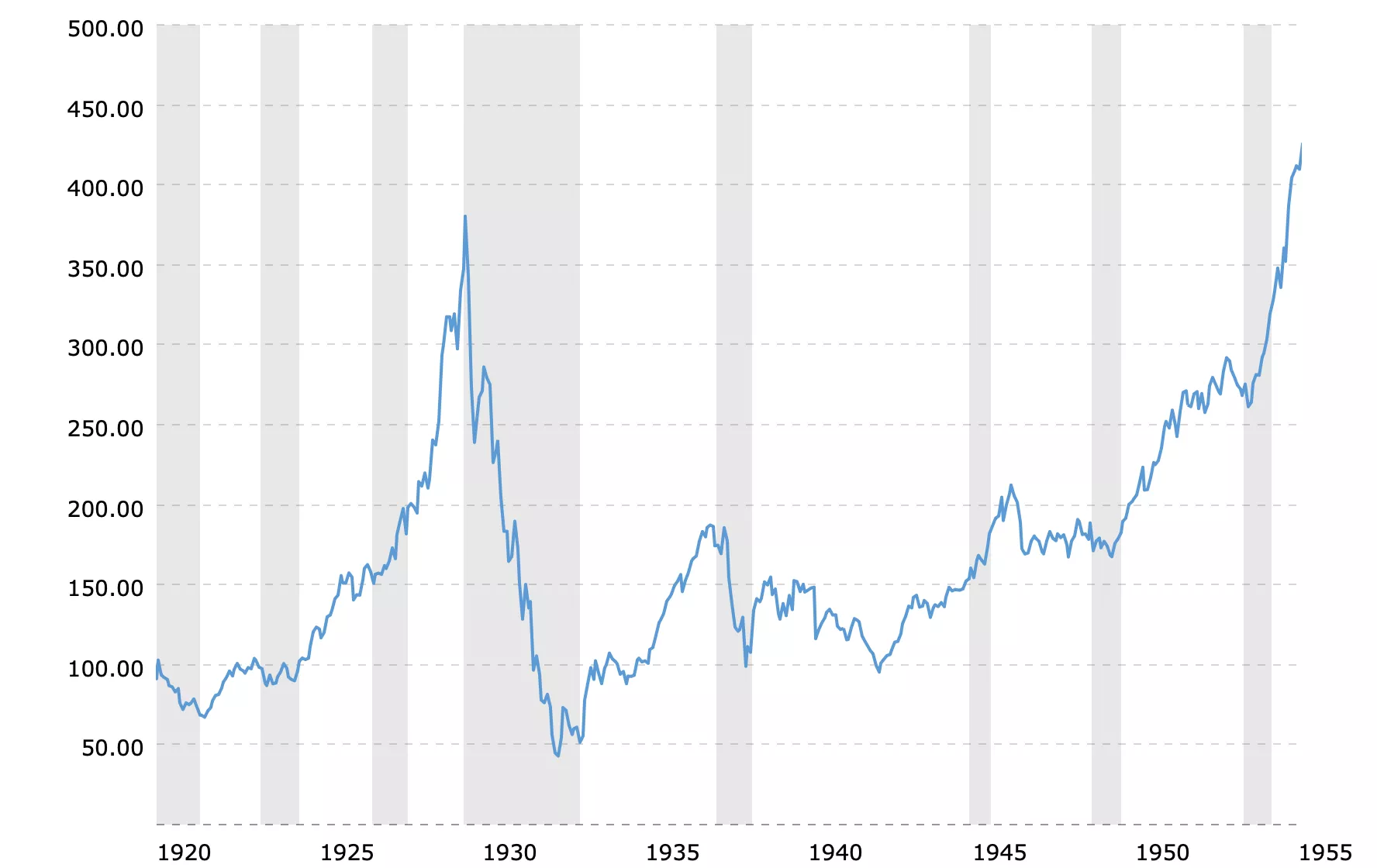War And The Stock Market
Image Source: Unsplash
During times of war, the determining factor for the stock market is not the monetary policies of central banks, budget deficits, interest rates, GDP dynamics, unemployment, and so on, but rather the situation on the battlefield and who will emerge victorious.
Here's an example from World War II. In April 1942, American and Filipino troops lost the battle of Bataan and surrendered to the Japanese. This was considered a significant defeat for the Allied forces in the Pacific theater of WWII.
In May, there was a battle between the fleets of the United States and Australia on one side, and Japan on the other, in the Coral Sea. This naval battle is notable because, for the first time in history, the opposing fleets did not engage in direct contact. Aircraft from aircraft carriers played a key role. Formally, the battle ended in a draw, but nevertheless, it allowed to halt Japanese advance towards New Guinea and Australia.
In June, the Battle of Midway took place, which is considered a pivotal turning point in the war in the Pacific. The American fleet was able to sink 4 out of 6 Japanese aircraft carriers. It was a devastating defeat for Japan from which it never fully recovered.
The United States continued its advance in the Pacific Ocean, liberating territories occupied by Japan. The victory at Midway laid the foundation for the final victory of the United States over Japan.
If you look at the Dow Jones index chart below, you can notice that the local minimum was in April 1942, after which the index began to steadily rise, eventually surpassing the pre-Great Depression highs of 1929.

Source: Macrotrends.net
More By This Author:




